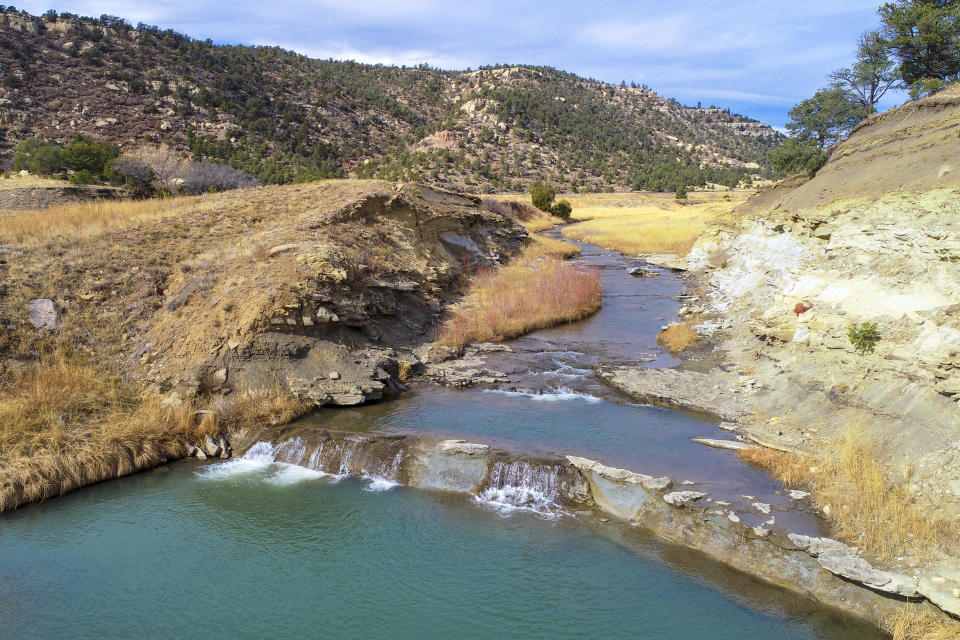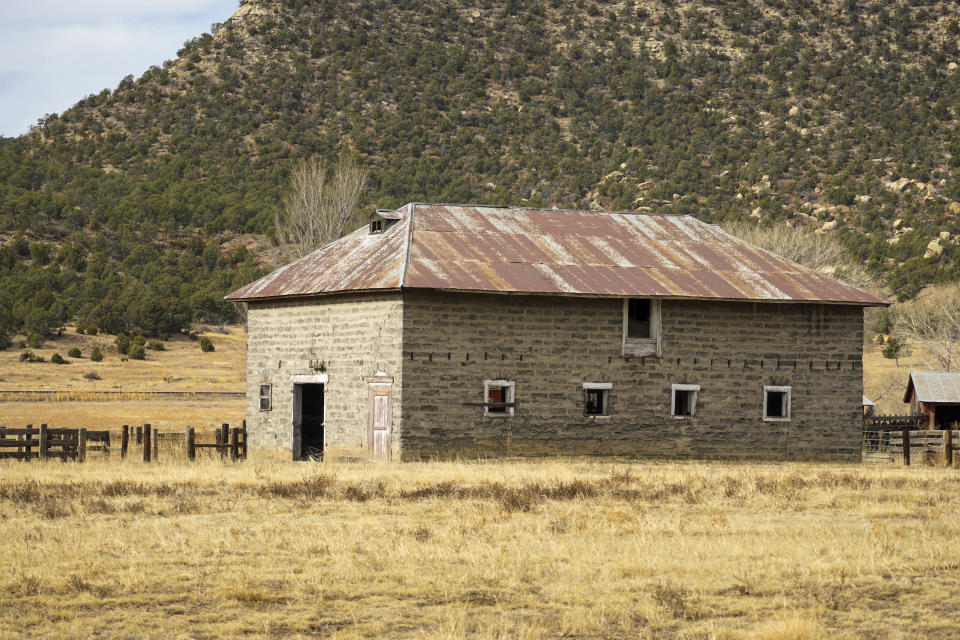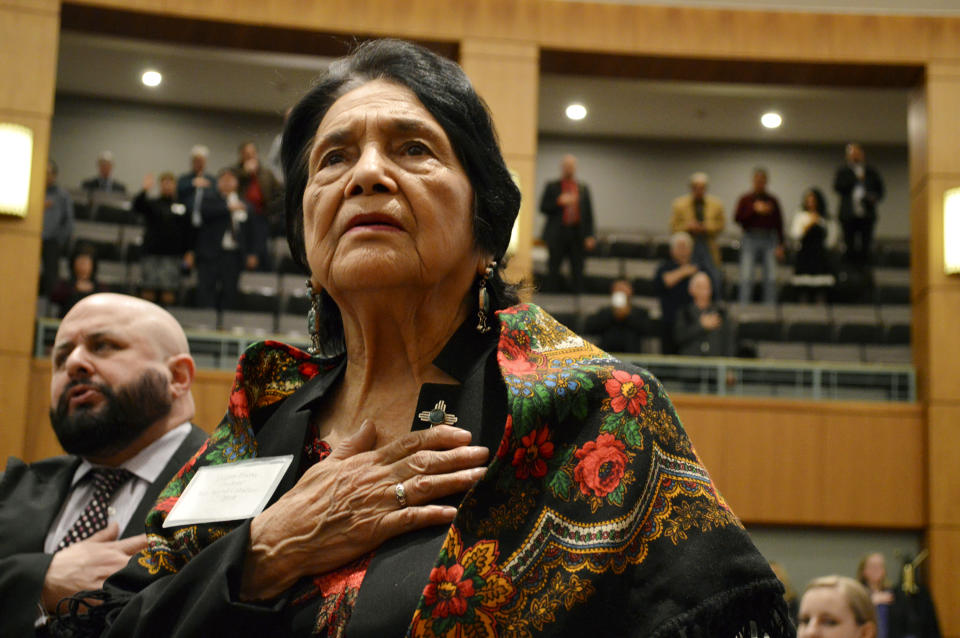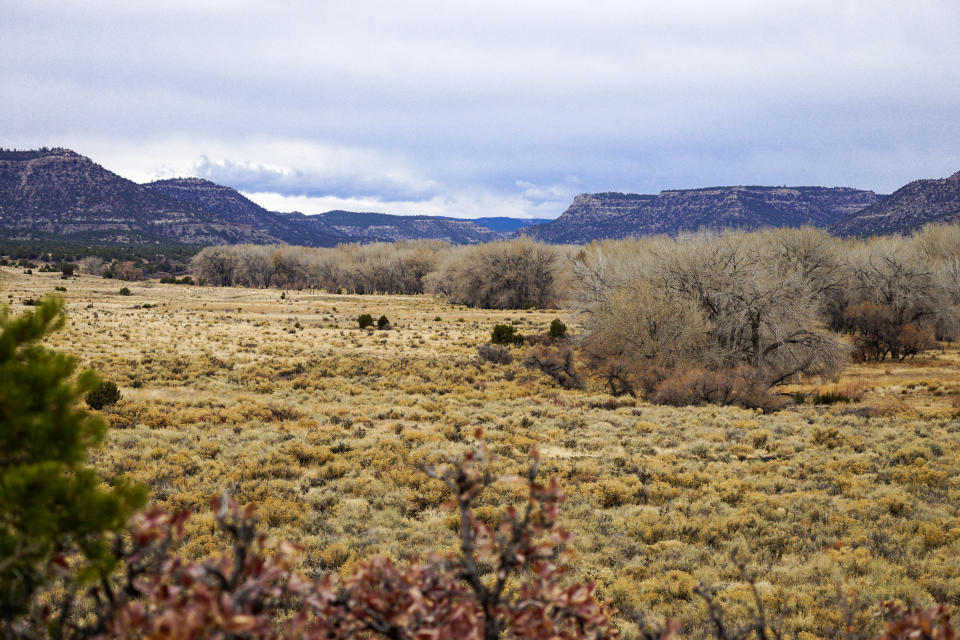Dolores Huerta birthplace, former mining site up for sale
RIO RANCHO, N.M. (AP) — The picturesque northern New Mexico birthplace of Mexican American civil rights icon Dolores Huerta and the site of one of the worst mining disasters in U.S. history is up for sale.
The Dawson Elk Valley Ranch, where the town of Dawson once sat, is listed for sale for $96 million, according to broker Hall and Hall.
The listing says the 78-square-mile (202.36-square-kilometer) ranch lies in the most western reaches of the Great Plains to the front range of the rugged Cimarron Mountains.
“This region’s wildlife habitat and elk herds are of great renown and best exemplified by this property and its unmatched size and location,” the listing says. “The lifeblood of the ranch is the Vermejo River, which bisects the property for 11 miles (17.70 kilometers).”
The property also comes with a private railroad.
Reclusive tobacco billionaire Brad Kelley has owned the Dawson ranch for more than a decade.
The property today is known as a place for leisure, hunting and meditation. But the area played a crucial role in defining the rights of mining workers across the U.S. The town of Dawson served a multi-ethnic community of Mexican Americans, Italian immigrants, and migrants who came from all over the U.S. to work in the town’s lucrative coal mines.
Broker Jeff Buerger said he's dedicated to finding a buyer who respects the land's history and is willing to work with the local community, like its current owner.
“Any ranch is a piece of art and this place is a piece of art,” Buerger said. “What separates the Dawson Ranch in New Mexico is its uniqueness.”
Buerger said some of his buyers have turned similar ranches into wildlife habitats while others seek to find a seclude place.
Once a thriving town with an opera, hospital and department store, Dawson was operated by the Phelps Dodge Company, which controlled its mines from 1906 to 1950.
In October 1913, an explosion in the mine killed 263 miners plus two rescuers in one of the worst mining accidents in U.S. history. A decade later, another explosion killed 120 men.
When the company sold the town in 1950, it was dismantled, and pieces were sent to Kentucky. The town and its cemetery sat largely forgotten.
Huerta, the future co-founder of United Farm Workers with Cesar Chavez in the late 1960s, was born in a house in Dawson where her father served as a labor organizer and a state lawmaker.
Huerta, 90, told The Associated Press on Tuesday that those experiences growing up in Dawson were formative for her becoming a social activist years later.
“My grandfather is buried there. My uncle is buried. He died in those mines,” said Huerta, who later moved to Stockton, California, as a child. “That place is important to me.”
Huerta said she hopes the state of New Mexico works with any potential buyer and builds a museum or memorial for the workers of the mines.
“It's a beautiful place,” she said.
Critics have charged that little has been done to preserve the old mining town because Huerta is a woman and scant attention has been given to female pioneers and civil rights leaders. Dawson, now a ghost town about 140 miles (225 kilometers) northeast of Santa Fe, is surrounded by a fence and is not open to the public.
Preservation activists say more needs to be done to save historic sites linked to female figures like Coretta Scott King and Betty Shabazz — windows of Rev. Martin Luther King, Jr., and Malcolm X.
Sehila Mota Casper, a senior field officer for the National Trust for Historic Preservation, said she is working on locating sites connected to women.
___
Russell Contreras is a member of The Associated Press’ race and ethnicity team. Follow him on Twitter at http://twitter.com/russcontreras





